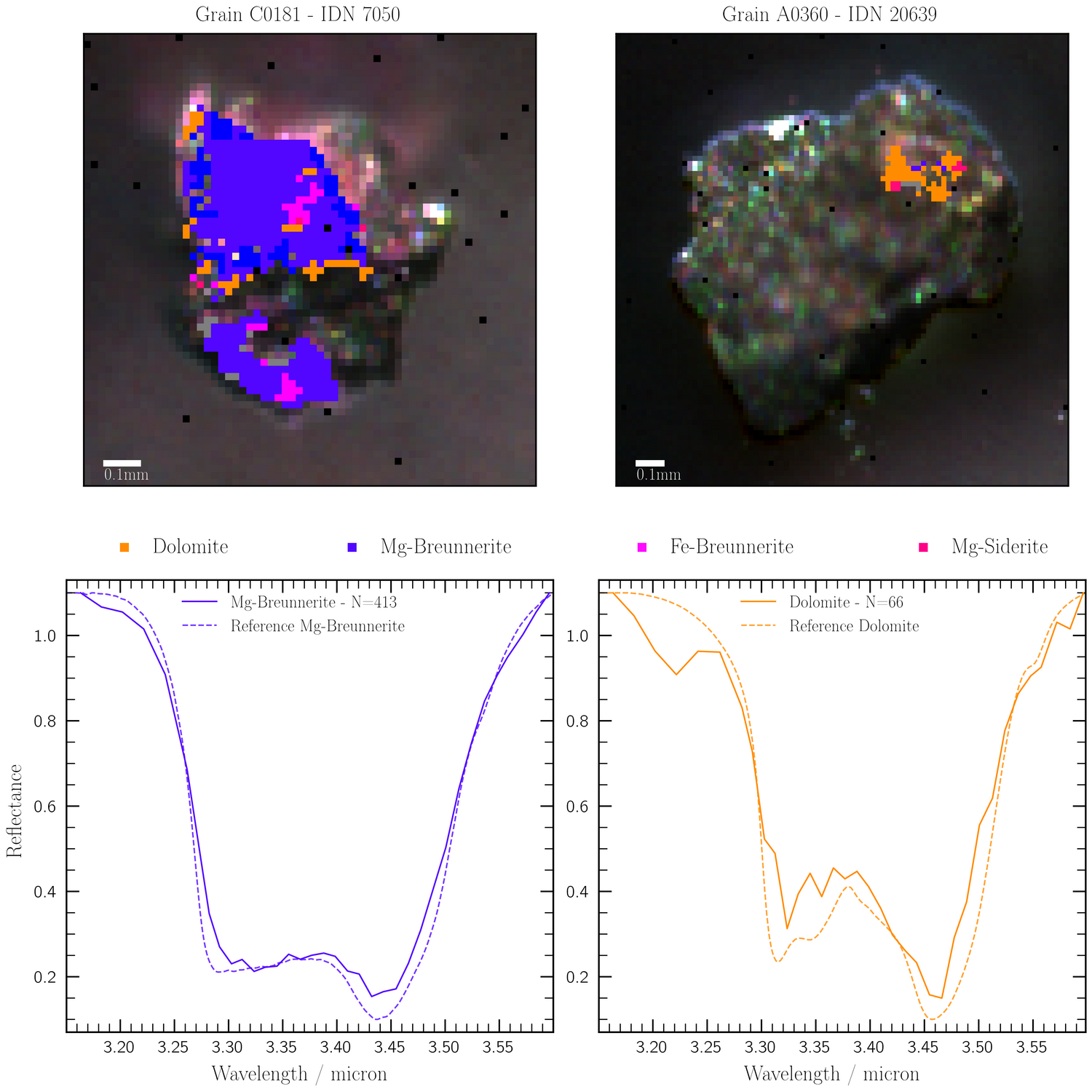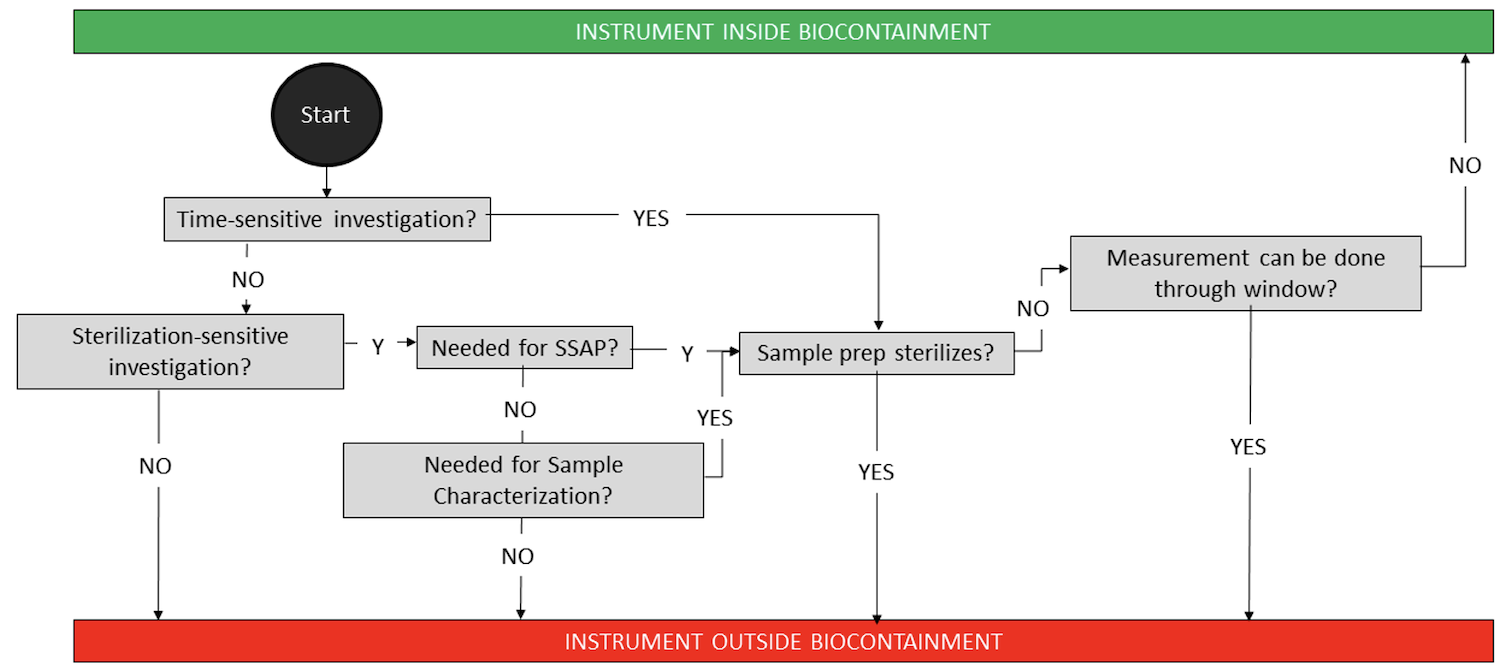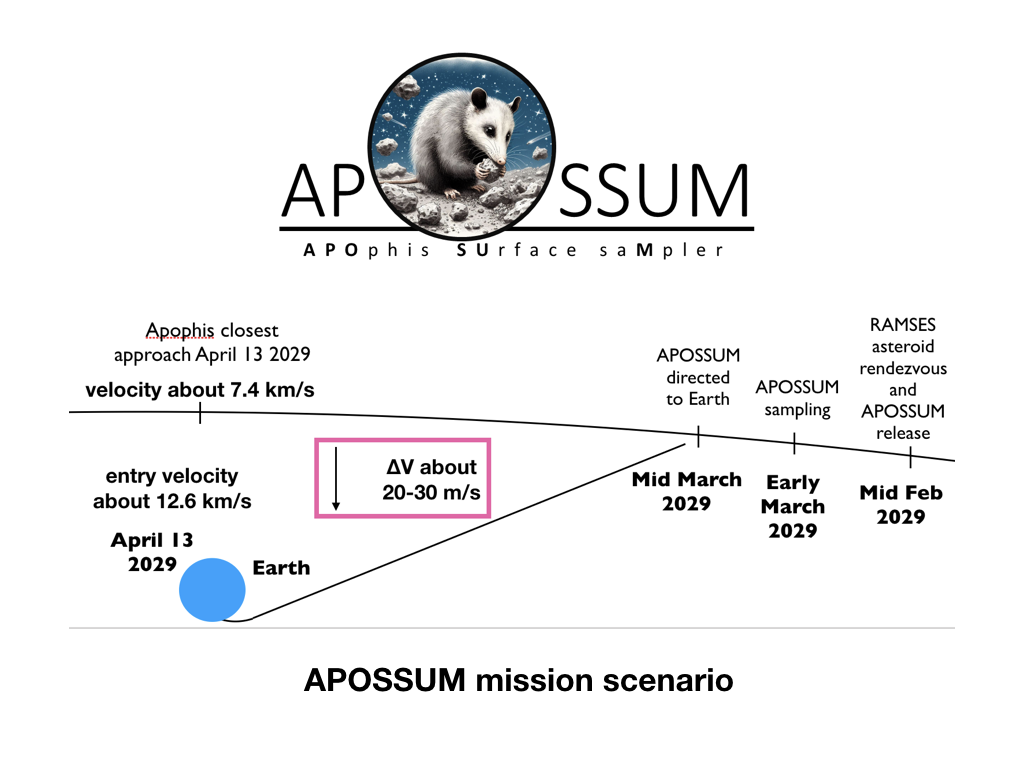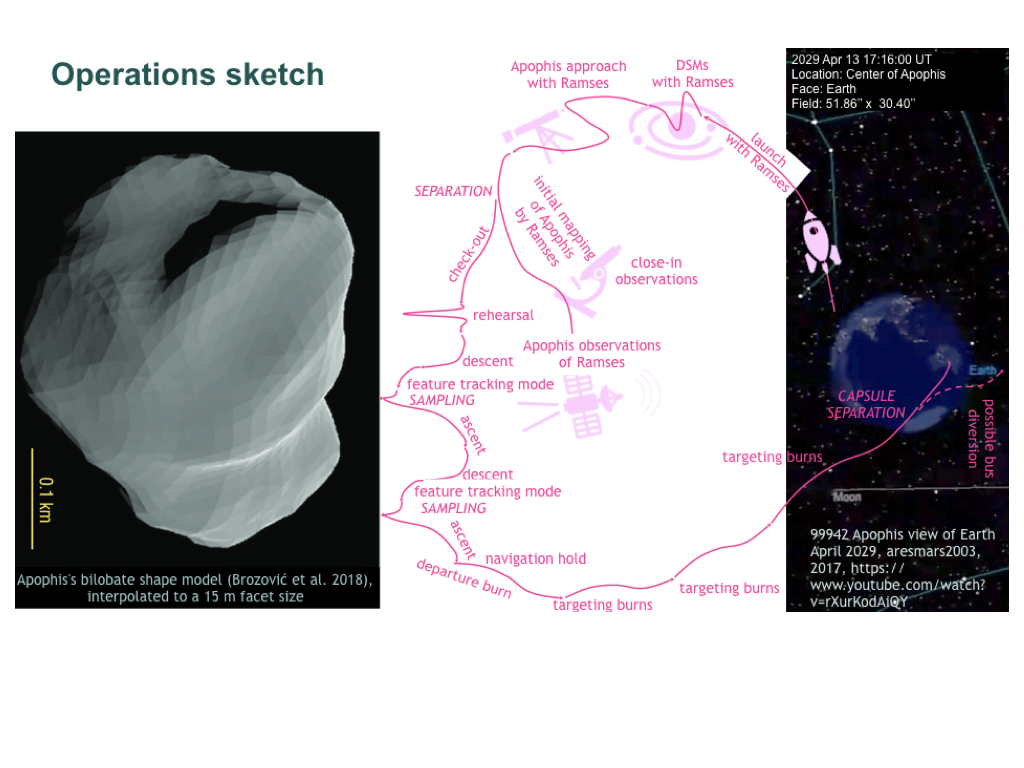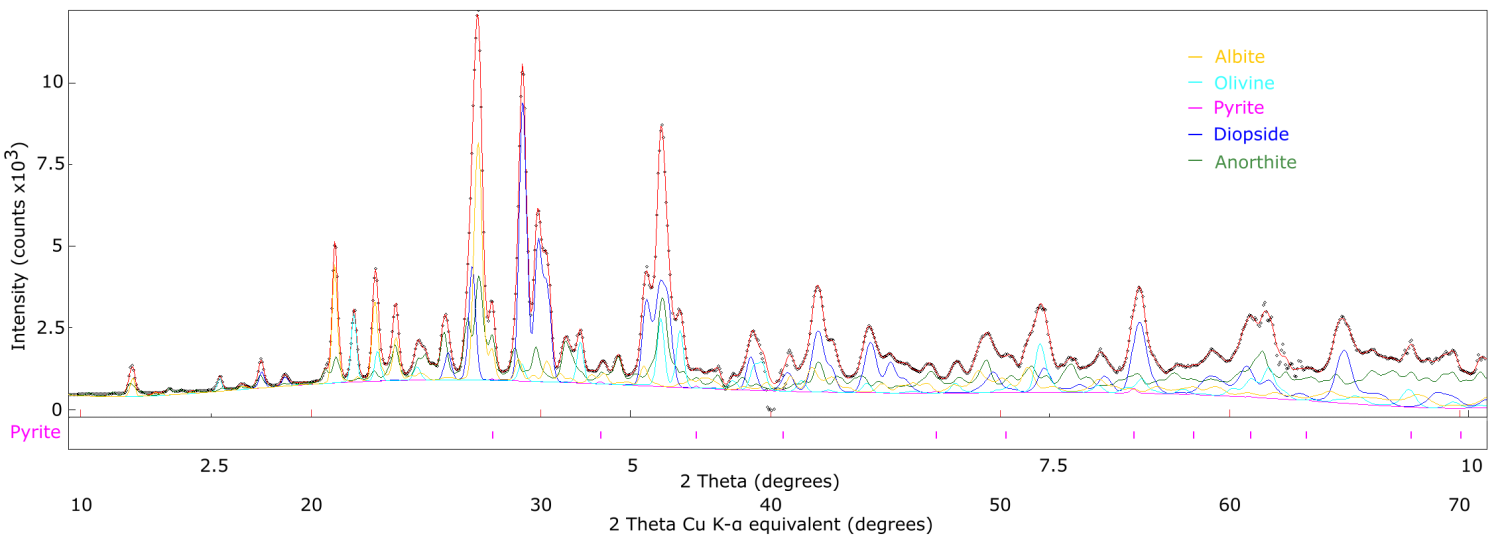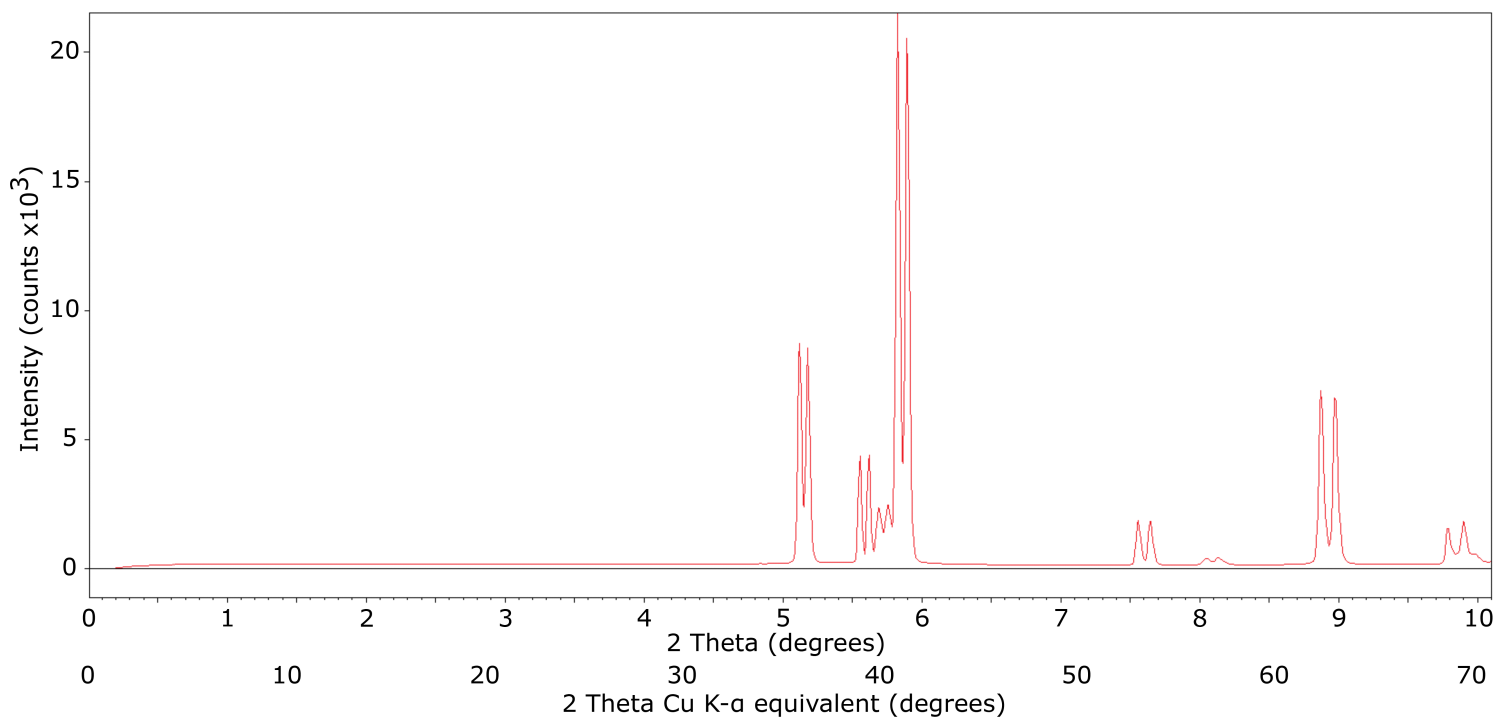Introduction: The JAXA’s Hayabusa2 mission [1] rendezvoused with the Ryugu near Earth, C-type asteroid from June 2018 to November 2019, performing two touchdown operations with related sampling, as well as an artificial impact experiment.
Hayabusa2 studied the Ryugu’s morphology and color by means of the Optical Navigation Camera (ONC [2]) and studied its composition through spectra provided by the Near InfraRed Spectrometer (NIRS3 [3]). The mission revealed that Ryugu is one of the darkest object explored so far, given its geometric albedo of 0.043 [4].
In this work, we studied the average photometric properties of Ryugu and of the artificial impact crater area, defined between 4.5-10°N latitudes and 299-305°E longitudes by means of the ONC images. Then, we compared the phase functions with other asteroids explored by space missions, as well as with results obtained on Ryugu by applying different approaches [5] and in different spectral ranges [6].
Data and methods: We selected all images acquired in the mission stages close to the artificial impact event (occurred on 5th April 2019), i.e., CRA-1, SCI and CRA-2: These images were collected from March to April 2019 at phase angles between 15° and 40°. In particular, we considered images provided by the ONC’s v band, centred at 0.55 mm.
The Ryugu’s average phase function was retrieved by applying an empirical method (e.g. [7-8], based on a statistical analysis and consisting of the following steps: 1) retrieval of the equigonal albedo (i.e., topography-corrected) by applying the Akimov disk function [9]; 2) retrieval of the median equigonal albedo at each phase angle; 3) retrieval of phase function; 4) comparison with disk-resolved phase functions of other asteroids, based on R20 (i.e., radiance factor at 20° phase angle) and PCS1540(i.e., phase function steepness between 15° and 40° phase angles).
The same procedure is then applied to a restricted dataset, including only the images covering the artificial impact area, acquired before and after the impact, respectively.
Results and discussion: The Ryugu’s average equigonal albedo’s phase function is shown in Figure 1.

Figure 1: Ryugu’s phase function.
This phase function is very similar (i.e., within two times the uncertainty) to that obtained from NIRS3 data [6], i.e., in the near-infrared range. This reflects the similar Ryugu’s optical properties in the two spectral intervals.
Figure 2 shows the PCS1540 vs R20 scatterplot for all disk-resolved phase functions of asteroids explored by space missions.

Figure 2. Steepness of phase function as a function of radiance factor at 20° phase for asteroids explored by space missions. Diamonds indicate C-type asteroids, crosses S-type asteroids, triangles X-type asteroids, asterisks V-type asteroids and squares E-type asteroids.
In Figure 2, asteroids belonging to the same taxonomic class are grouped together. Two exceptions arise: the Vesta dark regions, since they are a mixture of achondrites and carbonaceous chondrites, and Ryugu.
In order to verify the reliability of our result, we calculated the Ryugu’s PCS1540 on other phase functions obtained with different approaches on Ryugu’s ONC data [5]. A good agreement is found with the [5]’s disk-resolved phase function, while the disk-integrated Ryugu’s phase function shows a different PCS1540, more similar to other C-type asteroids.
We infer that the increasing spatial resolution results in a phase function flattening, due to reducing role of shadowing. A similar behaviour was observed on other dark asteroids, e.g., Ceres [7] and Bennu [10].
The artificial impact area’s phase function is found to be constant within errors between before and after the impact, suggesting similar photometric properties between surface and subsurface. Nevertheless, this could be due to the very narrow phase angle interval covering this area (having a 10° width), therefore a larger dataset is required to confirm this result.
Conclusions and future perspectives: We found that Ryugu’s visible and near infrared phase functions are similar within uncertainties, in agreement with the similar albedo in the two ranges.
While the Ryugu’s disk-integrated phase function is similar to other C-type asteroids, its disk-resolved phase function is flatter, due to the better spatial resolution of ONC images.
No phase function variation is observed after the impact event, but this could be due to the small dataset considered.
Acknowledgements: We thank the ONC development and operations Team.
This work is funded by Italian Space Agency through the ASI-INAF Agreement 2022-12-HH.0
References:
[1] Tachibana, S. (2021), In: Sample Return Missions: The Last Frontieer of Solar System Exploration, ed. A. Longobardo (Amsterdam: Elsevier)
[2] Kameda, S. et al. (2017), Space Science Reviews, 208, 17.
[3] Iwata, T. et al. (2017), Space Science Reviews, 208, 317.
[4] Sugita, S. et al. (2019), Science, 364, eaaw0422
[5] Tatsumi, E. et al. (2020), A&A, 639, A83
[6] Longobardo, A. et al. (2022), A&A, 666, A185
[7] Longobardo, A. et al. (2019), Icarus, 320, 97
[8] Longobardo, A. et al. (2014), Icarus, 240, 20
[9] Shkuratov, Y.G. et al. (1999), Icarus, 141, 132
[10] Golish, D. et al. (2021), Icarus, 357, 113724
